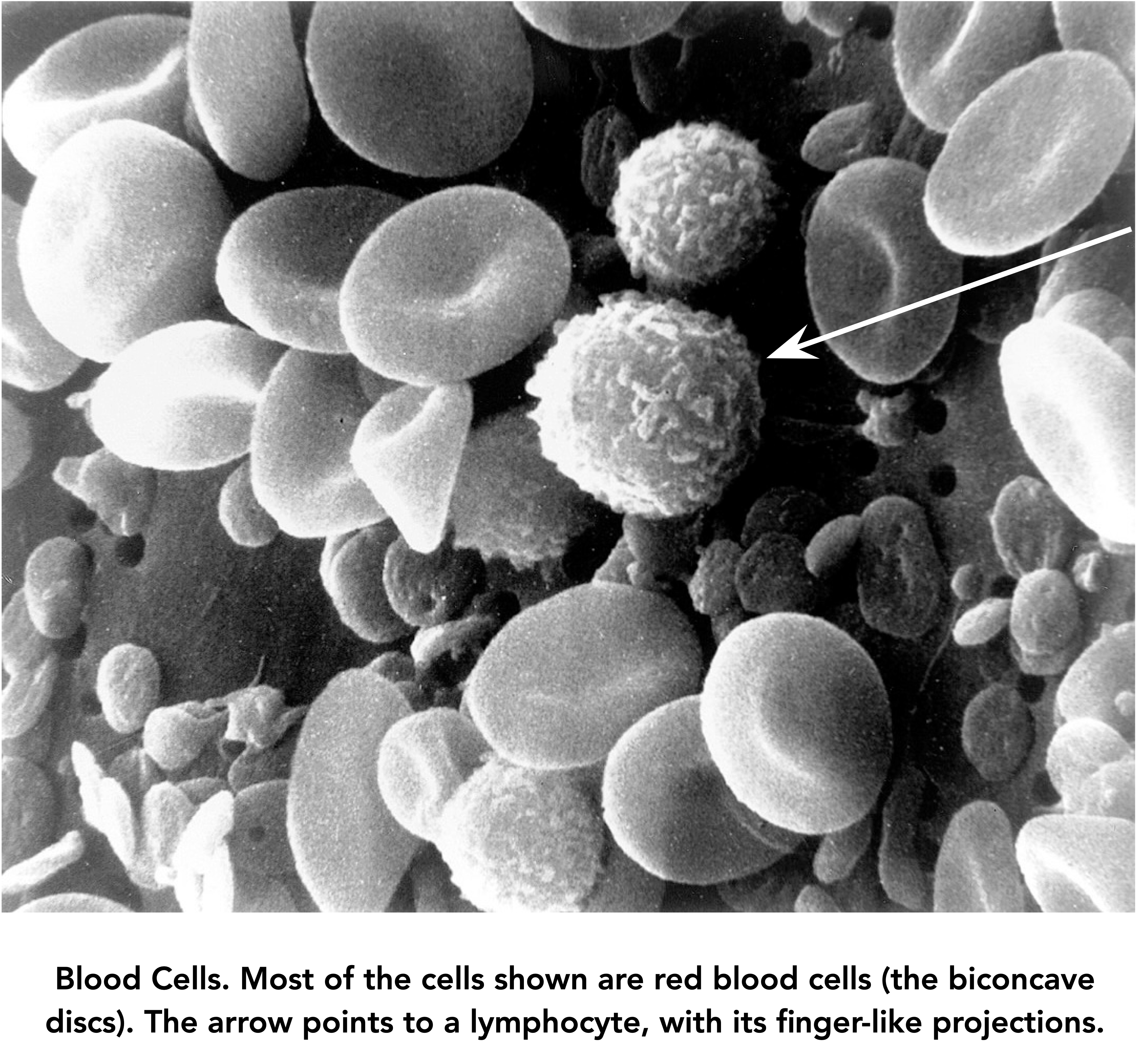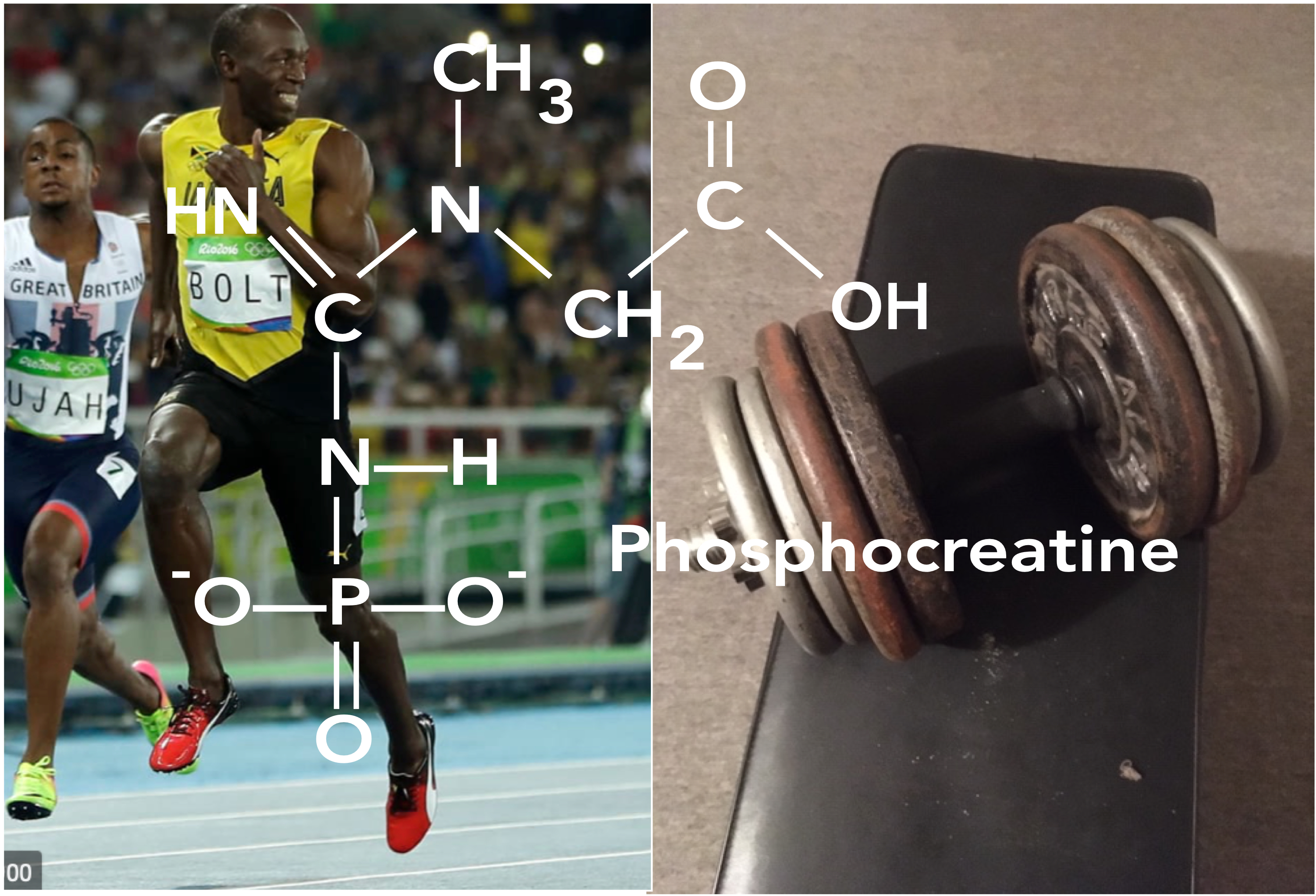Proteins are made up of long chains of amino acids, which are essential building blocks for the body. There are nine essential amino acids that the body cannot produce on its own and must be obtained from the diet. These essential amino acids are required for the synthesis of proteins that support tissue growth and repair, hormone and enzyme production, immune system function, and other physiological processes. Dietary protein also plays a crucial role in muscle protein synthesis, which is the process by which the body repairs and builds new muscle tissue.… Read the rest “The Environmental Footprint of Protein”
A great injustice
On March 19, 2023, the New York Times carried a story that began:
It’s one of the great injustices of this era that countries contributing negligible amounts to global carbon emissions are now feeling the most harrowing impacts of climate change. Pakistan, which makes up less than 1 percent of the world’s carbon footprint, had a third of its territory under water in last year’s floods. Parts of Kenya, Ethiopia and Somalia are experiencing the worst drought in 70 years of record-keeping, threatening millions with famine, even though the entire continent of Africa contributes less than 4 percen of global carbon emissions.… Read the rest “A great injustice”
Storing Energy to save earth
UPDATED 29.4.25
The generation of energy by fossil-fuel alternatives such as wind and solar power is becoming more and more practical. A major hurdle in switching to alternative energy sources is that many of them, such as wind and solar power, are intermittent. Methods for storing energy during times of surplus production, to be used when demand exceeds supply, is an essential part of an alternative energy economy. Much scientific and engineering effort is going toward this goal.… Read the rest “Storing Energy to save earth”
Cancer Therapy: Old is New Again
One of the most tantalizing aspects of cancer biology is this: that the normal immune system often recognizes growing tumors, and even targets them for destruction, but then is silenced. This story is about how to wake it up and mobilize it to greater anti-tumor activity. It is a story that reaches back a hundred years, to the innovative work of an esteemed German biochemist. It was his conviction that he had identified a key feature of cancer that would provide an opening for its treatment.… Read the rest “Cancer Therapy: Old is New Again”
Solving Poverty
The obvious solution to poverty is to give money to poor people. That may sound facetious, but there is a growing and serious interest in programs that do essentially that: provide every person an income that can sustain them. Such programs have various configurations, and operate by various models. What they have in common is that money flows, usually from governments, that is, from taxpayers, to people living in poverty. There are potential problems with any such scheme, and benefits, which require examination.… Read the rest “Solving Poverty”
Science and Sourdough
(Revised August 27, 2023)
Acccording to Dr. Google, there are 82,900,000 entries for sourdough on the internet. Here’s my contribution to that impressive list.
Making sourdough bread can be very satisfying. Even while you are falling asleep the night before you make the bread, with your levain ripening in the kitchen, you’re thinking, those little yeasts and lactobacilli are working away down there and in the morning we’ll all get together and make a really satisfying loaf of bread.… Read the rest “Science and Sourdough”
You Need Creatine
You need creatine. For every move you make. But that doesn’t necessarily mean that you need to take creatine supplements. The questions that arise include: does creatine supplementation improve athletic performance? is it safe? how does it work? The answers are, respectively, sometimes, but it depends; probably yes; and, it’s complicated. This post looks at some of the nuances.
Supplements are big business
Supplements are a huge industry; the market in the USA alone is estimated to be over 30 billion dollars a year.… Read the rest “You Need Creatine”
Three cancer myths revisited
Sometimes I run into new information about a story I’ve previously posted that has changed my mind. This post is an example. I previously wrote about three cancer myths that I concluded were wrong, including that vitamin C is a potentially useful anti-cancer agent. I’ve now read some work that has changed my mind: I think that vitamin C may have anti-cancer activity, and certainly that it should be investigated further. So this post is a changed version of the earlier one, which appeared in June, 2019.… Read the rest “Three cancer myths revisited”
A BRIEF HISTORY OF MESSENGER RNA
(Vials of SARS-CoV-2 vaccine).
The coronavirus SARS-CoV-2, the cause of COVID-19, has quickly spread and caused devastation throughout the world. The medical science community has responded vigorously, with better treatments, recommended changes in social behavior, and, of particular importance, effective vaccination programs. Of the immunization protocols that have been developed, the novel mRNA-based vaccines have captured the scientific spotlight; they are the first mRNA vaccines to be licensed for human use.
A new way to immunize
In principle, the mechanism by which mRNA vaccines create immunity to SARS-CoV-2 is straightforward.… Read the rest “A BRIEF HISTORY OF MESSENGER RNA”
Geothermal, a continuous, infinite, energy source without greenhouse gases or radioactive waste
(Revised August 27, 2023)
How can we produce enough energy to live well without creating a level of greenhouse gases that generates an increasingly hostile climate? Alternative energy sources like wind and solar are part of the answer, but it isn’t going to be easy to replace the massive quantities of energy currently derived from non-renewable sources such as coal, natural gas, and oil. A useful hub for information on ‘green energy’ sources, defined as those that do not increase the world’s output of carbon to the atmosphere, can be found here.… Read the rest “Geothermal, a continuous, infinite, energy source without greenhouse gases or radioactive waste”










